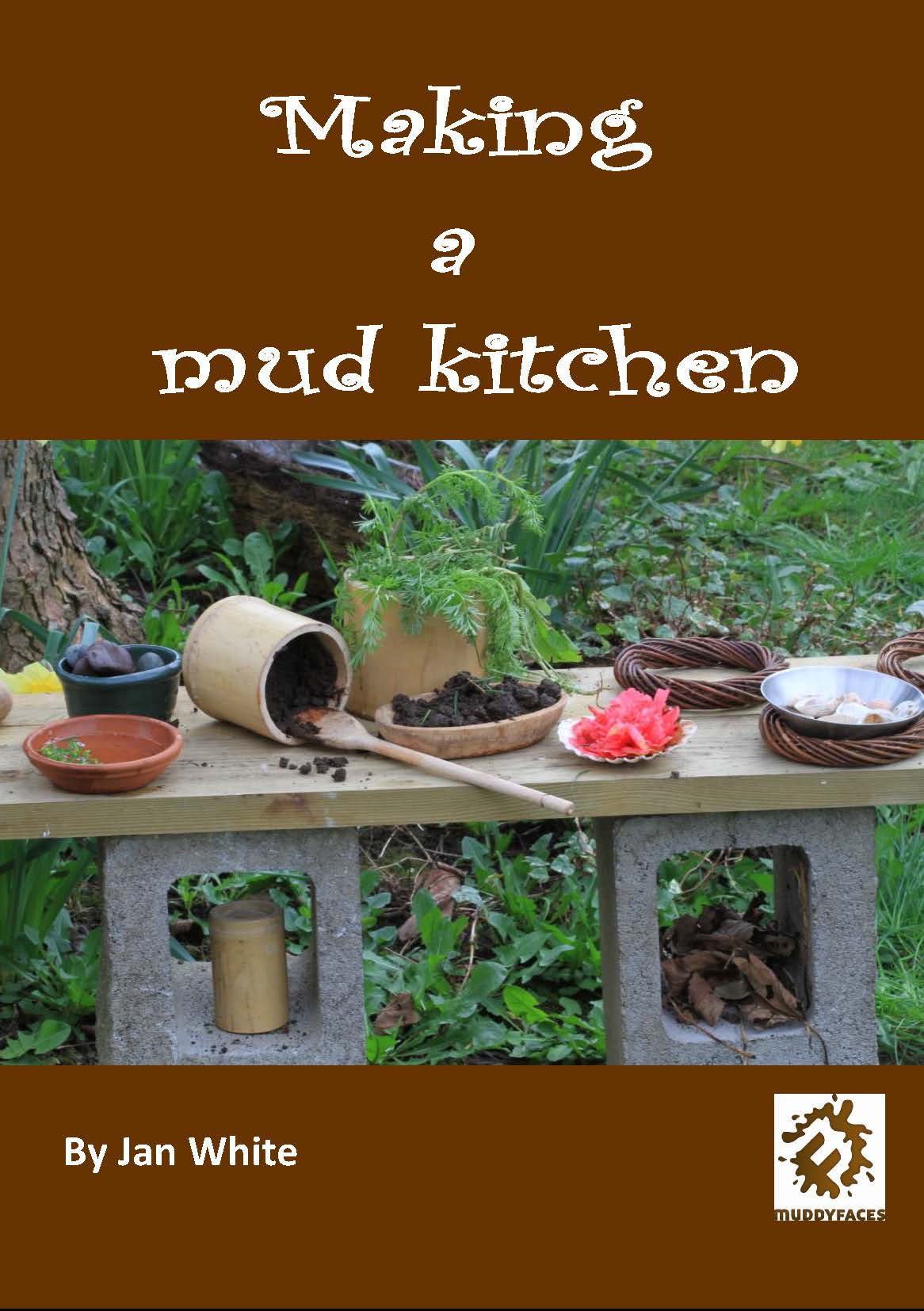Bright Ideas
Making Mud Kitchens
November 22, 2013

British author and early childhood education expert Jan White was in the U.S. this week taking part in the National Association for the Education of Young Children (NAEYC) conference in Washington DC. We caught up with her at the conference, and she shared one of her favorite techniques for connecting young children to nature: making mud kitchens. These educational spaces are messy, for sure, but White argues that all the mess is worthwhile when you consider the benefits they create for children.
When children make believe in a mud kitchen, they're not just getting to practice "grown-up" jobs like cooking on their own (helping them feel more control, power, and independence), but they're also developing early skills in science and art, using their imaginations to test out ideas through observing cause-and-effect. The mud kitchen can be used differently every time children enter, depending on their mood and interests each day, making it a great value as a low-cost play area that children can use and reuse.
According to White, mud kitchens can be created with just a few simple steps:
1. Chose the location.
Two basic ingredients are a must for a mud kitchen: dirt and water. Different kinds of dirt or sand can create different kinds of mud, and, thus, different opportunities for play. Water can be in the mud kitchen or can be farther away, giving children the opportunity to carry water in small containers to the kitchen.
2. Define the space.
Mud kitchens can be large or small, depending on the number of children you'd like to accommodate, and the kinds of play you envision. Having the kitchen next to a fence or other structure can allow you to hang tools, and an enclosure such as a low fence can give the kitchen a defined space, but it's important that any structure to enclose the kitchen be easy to see through so that children can be monitored and so that the children can see what's happening outside the kitchen.
3. Fill it up.
What you put in your kitchen is up to you and the children. If you can find an old cabinet or dresser, the children will have a place to work and store materials. Old pots and pans, mixing bowls, spoons, utensils, funnels, and other kitchenware give the kitchen an authentic feel and offer lots of different opportunities for play.
4. Play!
As soon as it's ready, children can get to work stirring, splashing, brewing, mashing, mixing, and more in the mud kitchen. Adults can help by supporting children's play—and, if the kitchen is at school, explaining to parents why mud kitchens are worth the mess they might make.
To get lots more details about how to make a mud kitchen, you can download Jan White's book, Making a Mud Kitchen, for free at the muddyfaces shop. The site also includes forest school equipment, outdoor clothing, and more publications.

